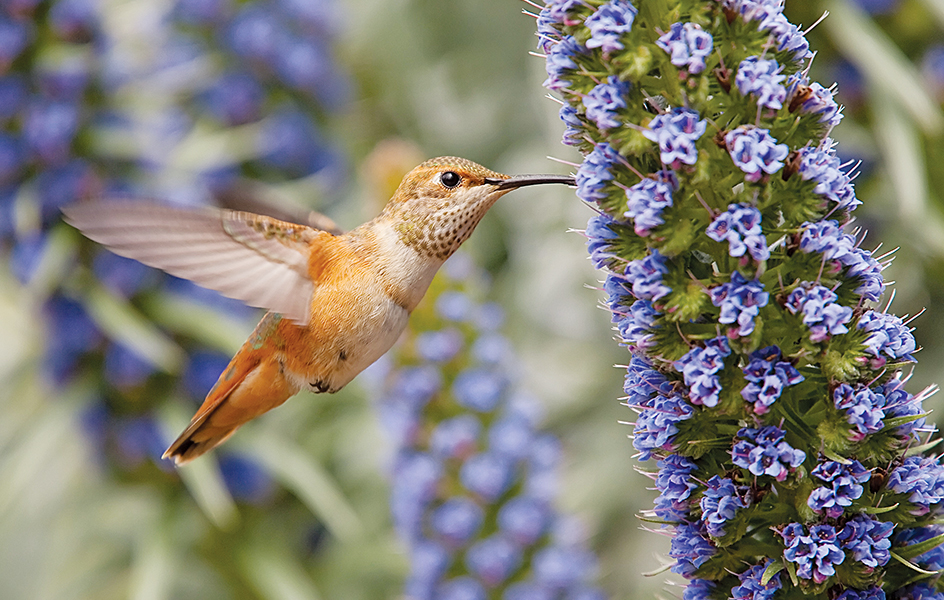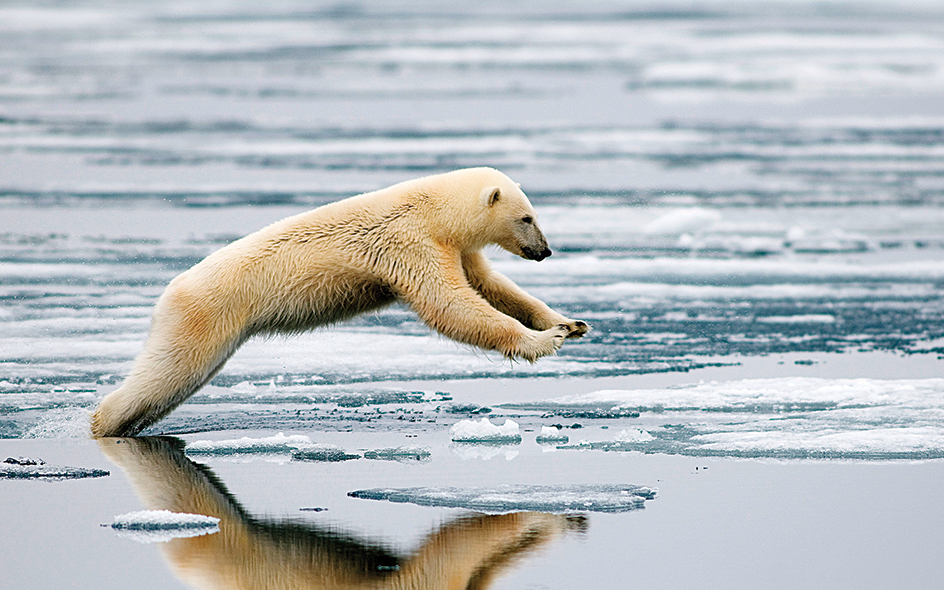Consumer, in ecology, is an organism that cannot make its own food. Consumers must eat other organisms to get the energy they need for processes such as growth, reproduction, and movement. Consumers are an important component of an ecosystem . An ecosystem is made up of all the living and nonliving things in a particular environment and the interactions that occur among them. Consumers are sometimes called heterotrophs.
Animals and fungi are examples of consumers. They eat organic (carbon-containing) compounds from producers such as plants, or they may eat other consumers. Producers include plants and algae, which can make their own food from nonliving substances through the process of photosynthesis . The sun provides the energy that nearly all producers need to make food.
Some consumers, called herbivores, feed directly on producers. Examples of herbivores include kangaroos and sheep, which eat grass; sloths, which eat leaves; fruit bats, which eat fruit; and hummingbirds, which eat nectar.


Many consumers are predators, which eat other organisms, called prey. Secondary consumers eat herbivores. Lions and seals are examples of secondary consumers. Tertiary consumers feed on secondary consumers. For example, polar bears are tertiary consumers that often eat seals.
Predators have various adaptations (inherited characteristics) that help them capture and consume other organisms. For example, the cheetah is adapted to run faster than its prey. Some predators, such a vipers, use camouflage to hide so that they can ambush prey.
Loading the player...Cheetah chasing prey
Predators have an important role in all ecosystems. They may affect the population and behavior of prey animals. Many prey animals have adaptations, such as cryptic (camouflaging) coloration, that help them hide from predators. Other prey animals may have bright markings to startle predators so they may escape and avoid being eaten.
A food chain describes how energy in the form of food passes from one organism to another in an ecosystem. The energy flow between the links in a food chain is often shown as a pyramid. Producers form the base of the pyramid while tertiary consumers are found at the top. Thus, polar bears are often described as top predators or apex predators in an ecosystem.

Some consumers, called omnivores, eat many different organisms, both producers and other consumers. Humans, pigs, and many kinds of ants are examples of omnivores . Some consumers, such as fungi and bacteria, are known as decomposers . They break down dead plants and animals into simple nutrients. Most ecosystems have a variety of producers, consumers, and decomposers, all of which form an overlapping network of food chains called a food web.

